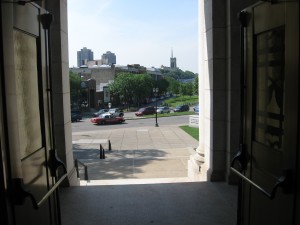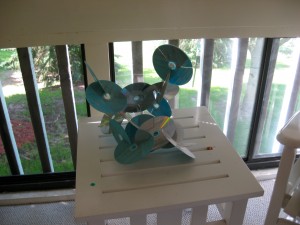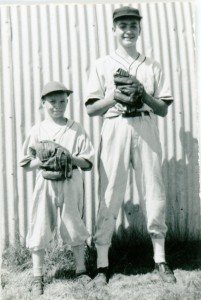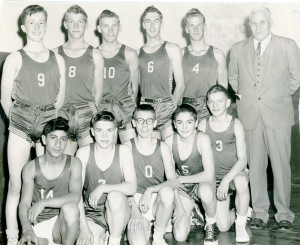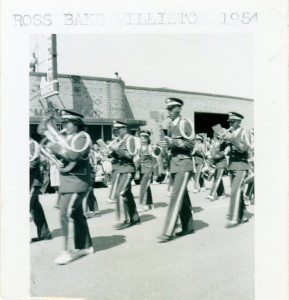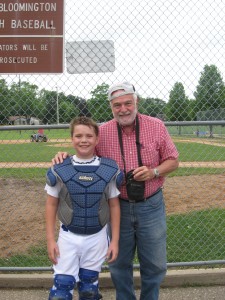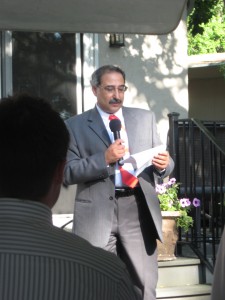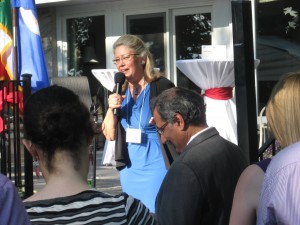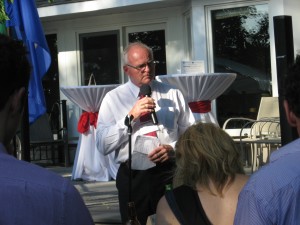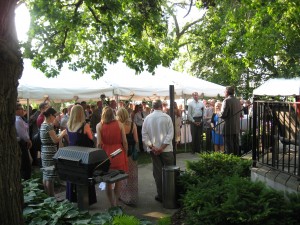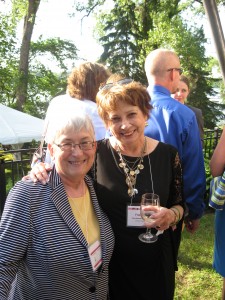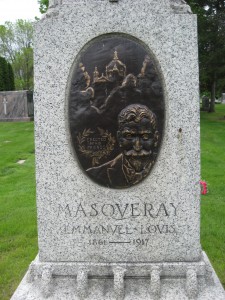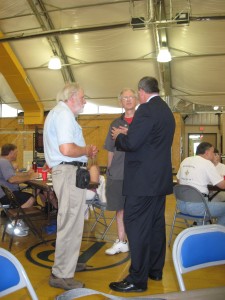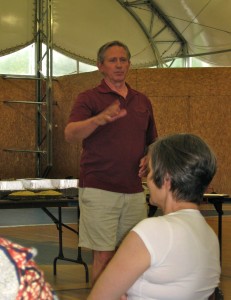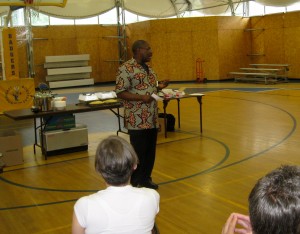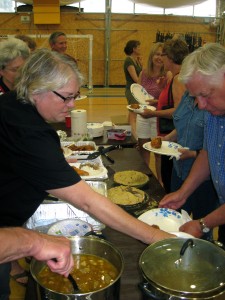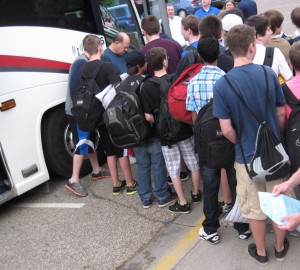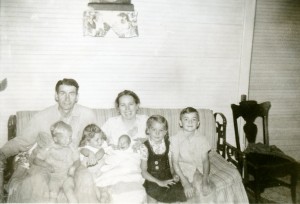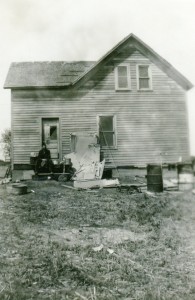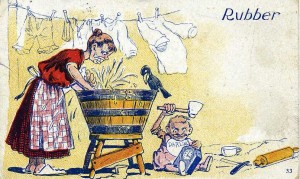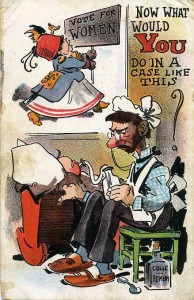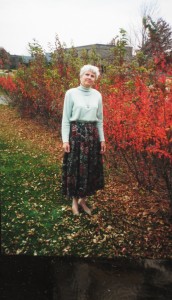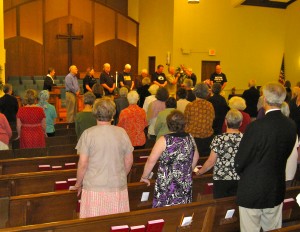Ongoing Updates:
New blog post July 26, 2013: here
From a reader June 23: Do you think your readers are aware of [the website] Orchestrate Excellence?
From a June 21, comment (below): “The US has 5 “top-tier” orchestras, Minnesota, New York, Boston, San Francisco, and Chicago.”
Another excellent website: Song of the Lark
Two commentaries noted in an e-mail received July 10, 2013: Alan Fletcher, Pres and CEO of Aspen Music Festival and School, June 24, 2013m and Euan Kerr, Minnesota Public Radio, July 3, 2013.
UPDATE July 2, 2013: Minneapolis Star Tribune page B2 – Orchestra to return nearly $1 M in state grant money
There are several comments to this blog post at the end of the post, the most recent June 26.
UPDATE July 10, 2013:
Monday afternoon, July 8, I was on I-94, returning home after several days of visiting in my home state of North Dakota.
I needed some sounds to break the silence of the solitary drive, and near Sauk Centre I checked the small cache of CDs I keep for such occasions. Up popped Reveries, a CD recorded by the Minnesota Orchestra at Orchestra Hall under Maestro Eiji Oue, May 1 and 2, 2002. So, as I drove through Lake Wobegon country, I listened to the gentle, magnificent music of the Minnesota Orchestra…
(continued after the last comment, below)
*
Minnesota Orchestra Musicians Video.
Minnesota Orchestra Musicians Negotiations FAQ/strong>
Minnesota Orchestra Board of Directors here. Orchestra Hall, 1111 Nicollet Mall, Minneapolis MN 55403. Directors listed at the end of this post.
The below post has been selected for inclusion in MinnPosts June 21 MN Blog Cabin Roundup
*
Today is the Summer Solstice, the longest day for the 364 days prior and the 364 days to follow. For those of us who love the Minnesota Orchestra it’s been a very long year, and all that is ahead is uncertainty.
I’m one of those who each year have filled the seats at Orchestra Hall. We’ve all been dis-enfranchised by the near one year Lock Out of the Musicians and the Audience by the Minnesota Orchestra Management.
When this Lock Out ends, as it will be, some day, even if soon, it will take years, if ever, for the Orchestra to recover. How do you rebuild a proud ensemble of gifted artists you’ve just destroyed? I won’t accept, “all good. Sure the Union is history, but let’s be friends again….”, or the like. There has been, likely, irreparable harm, and not just within the Orchestra itself.
What’s one to do? In my view, we audience members don’t reward the bad behavior of the Orchestra Board and it’s management by quietly accepting what is happening.
I invite you to join me, as individuals who enjoyed the Minnesota Orchestra, to act.
Here’s what I’m going to do: Until the Minnesota Orchestra Musicians, through their Union, encourage me to return to Orchestra Hall or to Orchestra programs, I will not pay for nor attend any event at Minnesota Orchestra Hall, nor any other event scheduled by the current management or Board of the Orchestral Association.
I speak solely as an individual…a single “grain of sand”.
As a group of individuals, we can make a big difference.
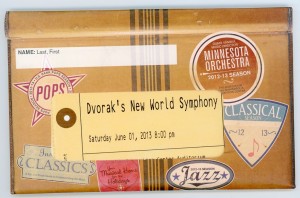
The packet of tickets for the Lost Season of 2012-13, Minnesota Orchestra.
We represent a small chunk of Minnesotans. Most people don’t identify with the Orchestra as a community asset, so this tragedy is an easy issue for the public to ignore. We as audience must act. The issue is in our court.
The Orchestra and its audience are inseparable. Apparently an average of 1600 of us have filled the seats. Together we are immensely powerful. The Orchestra has been an important part of this communities quality of life for more than a century and it has been recognized for its quality world wide. We are part of this Orchestra’s success, and potentially party to its failure if we don’t take a stand.
We weren’t part of the problem; nonetheless we have to be part of the solution.
We are well advised to be very skeptical of “true” “facts” as conveyed through the traditional means: mailings from the Orchestra management; the downtown Minneapolis structure, including the Star Tribune, etc.
About me:
1. Best as I can recall, I first attended a Minnesota Orchestra Concert at Orchestra Hall in the Fall of 1978.
2. We have been six-concert subscribers for many years, generally fourth row center.
3. Each year we would attend a number of other events at the hall, including Sommerfest, special concerts, and the like. We know 1111 Nicollet Mall and vicinity….
4. I have paid attention to this Management manufactured loss of season since it began:
here.
5. I have no formal or informal standing in this controversy, other than as a subscriber. On the other hand, I spent an entire career in labor-management matters, and I know how the process works.
Previous posts:
Here (two posts),
here and
here.
Responses:
1. John G, June 21: My first experiences with this orchestra were in autumn of 1964 when I moved to MN as a temporary faculty member at Macalester, pinch-hitting one academic year for someone on sabbatical. Back then Robert Shaw came up to prepare the chorus for Britten’s War Requiem, and Stan was already in charge. During 1964-83 I was a Minnesotan DFL-er (transplanted gratefully from having been for 12 years a Republican). Then came similar lockouts at Moorhead State, although named “retrenchments.” So I was off again, this time away from teaching into the publishing world at Presbyterian Publishing House in Atlanta (and later Louisville). That story is too long.
My main point is this: of course, undoubtedly I have had it with this mismanagement – so I do not expect to return to Orchestra Hall until and only if they grow up and treat the musicians with the respect they deserve for their accomplishments, and with the honor due to fellow human beings. This firm intent was formed independently of your blog, so this determination will stick along with yours.
2. Vicci J, June 21 (writer is a retired Twin Cities public school band director): Please, do NOT boycott performances at Orchestra Hall. MN Orchestra management is not “the bad guy.” This problem is a legacy of the Legislated cuts to K-12 education. Music education is always the first to be cut. K-12 music programs develop the audience base specifically for organizations such as the MN Orch.
Since the public schools have not maintained on-going music programs which develop the audience base to support the Orchestra…no management agency, no marketing firm, has the talent to repair the damage. When the food chain is eliminated, the system dies.
What the Orch needs is a campaign for citizens to call their political representatives to restore money to K-12 education. You would be ideal to initiate this objective..your heart and head are in the right place.
For supporting evidence…
You will find and understand the politics of education cuts by reading “The Manufactured Crisis” by Biddle and Berliner, 1995. Written by two college profs, it goes through the political framework that started the demise of public schools. To synthesize a little, around 1970 a very wealthy man willed his fortune to the Heritage and Coors Foundations for the singular purpose of downsizing public education. The Heritage and Coors foundations created a marketing campaign to discredit public schools. It worked. It also destroyed arts tourism in many large cities.
Consider one core reason: The guys and gals who returned home after WWII were given the GI bill to attend college. Millions that would have gone to blue collar jobs, now filled white collar jobs. These citizens are the largest group of “formally-educated-citizens” of the same or close age, that have ever existed in the history of the world. From this group, came the Baby-Boomers..an even larger group of educated citizens that questions government…all the time. Recall Vietnam protesting? The US Constitution and the Bill of Rights are the laws of our land, but to maintain them requires a great deal of citizen participation. The core or our Constitution can only be maintained if citizens are well-educated and maintain a vigilance to current events. To develop such a citizenry, appropriate funding to our public schools is mandatory, which in turn, maintains great orchestra’s such as in MN.
The Biddle and Berliner book is still available at Barnes and Noble and through Amazon.
PS: the US has 5 “top-tier” orchestras, Minnesota, New York, Boston, San Francisco, and Chicago. “Top-tier” means top pay.
3. from Minnesota Orchestra volunteer who prefers to remain anonymous, who has information on excellent authority, June 26:
Thank you for your efforts.
I have forwarded your letter to a network of supporters. This network will take your words and thoughts farther than I could.
A friend is a locked out usher at Orchestra Hall. With this status the friend has received “advice” that there will be monitoring of publications, blogs, letters etc. So most of are rather careful with being identified with endorsements.
As for me, the Burt Hara departure is a barometer of the status of the Orchestra. Rather than negotiate to NOT accept a $30,000 reduction in salary, Burt received a $30,000 increase. A similar situation presented itself for Gina DiBello. This is bad news for the expectation of future quality performances resulting from a homogeneous vision and artistic spirit in the MOA environment.
PS: Los Angeles pays significantly more than MN. I found the base pay on line.
4. from Jane P, June 28, 2013:
To the Board of Directors of the MN Orchestra:
I have lived in Minnesota and been proud member of the arts community for over 30 years. In that time I have witnessed a change in the large non-profit arts groups toward taking the focus away from the local performers and putting it on new buildings as well as out-of-town celebrities. MN Orchestra has joined this dubious parade. This seems to follow a national trend of devaluing labor in many fields, but the arts are different from other businesses.
I understand that you wish to encourage new audiences who may need the attraction of celebrities or of luxurious buildings to come in your doors. However, you are currently greatly endangering the availability and quality of your musicians. High-quality artistry does not come easily, not does it come cheaply . As a performer myself, I know intimately what it takes to train and maintain an artist. It requires latent talent, a huge investment in time, treasure, and labor during training, as well as a huge investment of time to maintain those skills. Artists cannot do this without the promise of very good salaries. The training of a professional musician is equivalent to the education of a doctor in terms of investment. Would you offer your paltry salaries to doctors?
Without the promise of a good living, the artists will be forced to take other jobs, or may become amateur musicians instead. With a poor quality orchestra, the Twin Cities as an arts magnet for future growth will be gone. If you damage the quality of your orchestra, you will repel your audience, as audiences can judge quality. Your expensive new hall will become another Ordway, if not a white elephant. Have any of your board members extensive personal experience with the training of a musician like they do with managing businesses?
Please reconsider your recalcitrance and your responsibility to the Twin Cities arts supporters.
Thank you for your time.
5. From Will S. July 25, 2013:
Is it beyond the bounds of a reporter to seek enlightened opinion on how our community can put in place a long-term funding mechanism to ensure that what remains of SPCO remains here and to save the Minnesota Orchestra, George Mitchell’s involvement notwithstanding?
To my simple mind, the answer is: Governor-led and Legislature-led efforts to create permanent public-private partnerships.
If our elected public officials and we citizens-voters-taxpayers value these orchestras as much as this governor and the previous one and the legislatures of those eras do and did professional sports, then they will take a leadership now, however late it may be in the game, and at least consider such partnerships if you run this idea past them.
There must be others such as arts funding specialists to talk to.
It’s essential to keep us informed about short-term developments with each orchestra but I believe it’s the responsibility of the media to explore various possible long-term solutions and bring them to the attention of the taxpayers so they can decide if they want their tax dollars spent in that manner (which, of course, was not done with the Twins and Vikings stadiums and now the Saints’ stadium.)
The head of the Strib’s editorial board Lori Sturdevant, always touting our vaunted quality of life, is fond of calling publicly-funded sports stadiums “social amenities.”
I wonder what term she reserves for our orchestras.
Surely she must understand how much they contribute in so many ways to making Minnesota what it is today, with or without professional and big-time college sports.
(The Minnesota Orchestra in Lake Wobegon, continued)
… The last four miles were bumper to bumper stop and go road construction miles. The 69 minute concert ended at Milepost 171, one of the St. Cloud exits. Ahead of me was a late model Honda with another Minnesota icon on its license plate: a Loon. Years earlier, I remembered an outdoor concert by the Orchestra in St. Cloud. It was a pleasant summer day. I listened to the CD again, and again. It is marvelous.
The Minnesota Orchestra I listened to is being strangled, nearly one year into the Lock Out by Orchestra Management.
Eiji Oue was then in his last year as Conductor. He was an unlikely appointment at the time he came to Minnesota, but I liked him.
One of the most memorable concerts I ever attended at Orchestra Hall had him at the Podium. It was Saturday, September 29, 2001. I wrote my family the following day as follows:
“Last night, my wife Cathy and I were at our first Minnesota Symphony Orchestra concert of the season at Minneapolis Orchestra Hall. The magnificent hall was packed to the rafters, awaiting a program of Beethoven’s 6th, and Stravinsky’s “Rite of Spring”. This night, a huge American flag provided the backdrop. Maestro Eiji Oue, in his last year as conductor and music director, ascended the podium, and without announcement or fanfare, led the full orchestra in the “Star Spangled Banner”. It was the most rousing, and peace-filled, rendition I have ever heard. It was as if Peace owned that flag, last night….”
Now that Hall is empty, and the Orchestra that built it is mute.
What’s ahead, nobody knows.
Out in North Dakota, I drove through an almost dead tiny town, and much to my surprise came across a wall mural which catches my feelings at this moment. That lonely sign on the side of a deserted building, facing away from any highway, says it all. Unfortunately, it seems left to we in the audience to save this Orchestra, or let it die.
Together we can.
I opt for life.
(click to enlarge photo)
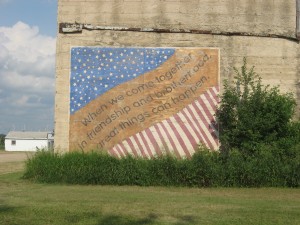
Pingree ND July 6, 2013
AS OF JUNE 23, 2013
* – Membership on Executive Committee
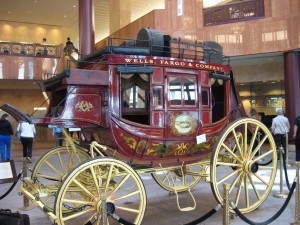
Officers
Jon Campbell*, Chair
Wells-Fargo Bank Ex VP, Dir of Govt and Comm Relations
Minneapolis
Richard K. Davis*, Immediate Past Chair
U.S. Bancorp Chair, President and CEO
Minneapolis
Michael Henson*, President and CEO
Minnesota Orchestral Association
Minneapolis
Nancy E. Lindahl*, Secretary
Deephaven MN
Patrick E. Bowe*, Treasurer
Cargill Corp V.P.
Wayzata MN
Life Directors
Nicky B. Carpenter*
Educational Consultant
Wayzata MN
Kathy Cunningham*
Mendota Heights, MN
Luella G. Goldberg*
Minneapolis MN
Douglas W. Leatherdale*
Chairman and CEO, Retired
The St. Paul Companies
Minneapolis MN
Ronald E. Lund*
Eden Prairie MN
Betty Myers
St. Paul, MN
Marilyn Carlson Nelson
Chairman, Carlson Holdings
Minneapolis MN
Dale R. Olseth
Chairman Emeritus, SurModics
Eden Prairie MN
Rosalynd Pflaum
Wayzata MN
Directors
Emily Backstrom
Finance Director, General Mills
Minneapolis, MN
Karen Baker*
Orono MN
Rochelle Blease
SVP, Strategy and Business Development
Wolters, Kluwer Financial Services
Minneapolis MN
David L. Boehnen
Dorsey & Whitney
Minneapolis MN
Margaret A. Bracken
Minneapolis MN
Jan M. Conlin
Partner and Chair of Business
Trial and Litigation Group
Robins, Kaplan, Miller and Ciresi
Minneapolis MN
Mark Copman
Vice President, Corporate Development, 3M
St Paul MN
Ken Cutler
Managing Partner,Dorsey and Whitney LLP
Minneapolis MN
Jack W Eugster*
Excelsior MN
John F. Farrell, Jr
Chairman and CEO, Haskell’s Inc
Minneapolis MN
D. Cameron Findlay
SVP, General Counsel and Secretary
Medtronic
Minneapolis MN
Ben Fowke*
Chairman, President and CEO
Xcel Energy
Mineapolis MN
Paul D. Grangaard
President and CEO
Allen Edmonds Shoe Corp
Port Washington, WI
Jane P. Gregerson*
Minneapolis MN
Susan Hagstrum
Minneapolis MN
Jayne C. Hilde*
Vice President, Satellite Shelters
Plymouth MN
Karen L Himle*
Director, HMN Financial
Minnetonka MN
William A Hodder
Edina MN
Shadra . Hogan
Minnetonka MN
Mary L. Holmes
Wayzata MN
Phillip Isaacson
Chairman, Nonin Medical
Plymouth MN
Nancy L Jamieson
Friends of the MN Orchestra Pres-Elect
Bloomington MN
Lloyd G. Kepple
Partner, Oppenheimer, Wolff & Donnelly
Minneapolis MN
Michael Klingensmith
Publisher and CEO, Star Tribune
Minneapolis MN
James A Lawrence
Chariman Rothschile North America
New York, New York
Mary Ash Lazarus
CEO, Vestiges Inc
Minneapolis MN
Allen U. Lenzmeier*
Vice Chairman, Retired, Best Buy
Minneapolis MN
Warren E. Mack
Parner, Fredrikson & Byron PA
Minneapolis MN
Harvey Mackay
Chairman, Mackay Envelope Company
Minneapolis MN
James C. Melville*
Kaplan, Strangis and Kaplan
Minneapolis MN
Eric Mercer, Partner
PriceWaterhouseCoopers
Minneapolis MN
Hugh Miller
President and CEO, RTP Co
Winona MN
Timothy O’Brien
General Counsel,
Pine River Capital Managemnt LP
Minnetonka MN
Liz O’Neal
Chair, Crescendo Project Board
Minneapolis MN
Anita M. Pampusch
President, Retired,
Bush Foundation
St. Paul MN
Eric H. Paulson
Excelsion MN
Chris Policinski*
President and CEO
Land O’Lakes
St. Paul MN
Teri E. Popp*
Attorney
Paula J Prahl
Long Lake MN
Gregory J. Pulles*
Dorsey & Whitney
Minneapolis MN
Judy Ranheim
President, Young People’s Symphony Concert Association
Minneapolis MN
Michael M. Roos
Partner, KPMG
Minneapolis MN
Jon W. Salveson
Vice Chairman, Investment Banking, Chairman, Healthcare Investment Banking Group,
Piper Jaffray and Co
Minneapolis
Jo Ellen Saylor*
Edina MN
Sally Smith
CEO and President, Buffalo Wild Wings
Minneapolis MN
Robert Spong
New Brighton MN
Gordon M Sprenger*
CEO, Retred, Alina Hospitals and Clinics
Chanhassen MN
Sara Sternberger*
WAMSO President
Eagan MN
Mary S. Sumners
Managing Director, RBC Wealth Management
Minneapolis MN
Georgia Thompson*
Minnetonka MN
Maxine Houghton Wallin
Edina MN
Tim Welsh
Director, McKinsey & Co
Minneapolis MN
Wendy Wenger Dankey
Executive Director,Wenger Foundation
Wayzata MN
John Whaley
Managing Administrative Partner
Norwest Equity Partners
Minneapolis MN
David S. Wichmann
Executive Vice President and Chief Financial Office
UnitedHealth Group and
President, UnitedHealth Group
Operations and Technology
Minnetonka MN
John Wilgers*
Minneapolis Office Managing Partner
Ernst & Young
Minneapolis MN
Paul R. Zeller
SVP and Chief Financial Officer
Imation
Oakdale MN
Directors Emeriti
Margaret D Ankeny
Wayzata MN
Mari Carlson
Director of Development
Mt Olivet Lutheran Church
Minneapolis MN
Andrew Szaijkowki
President & CEO, Retired
Blue Cross & Blue Shield
St. Paul MN
Dolly J Fiterman
Minneapolis MN
Beverly Grossman
Minneapolis MN
Karen H. Hubbard
Lakeland MN
Hella Mears Hueg
St Paul MN
Joan A. Mondale
Minneapolis MN
Susan Platou
Wayzata MN
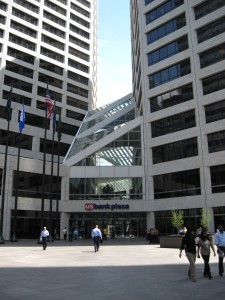
 Honorary Directors
Honorary Directors
Chris Coleman, Mayor, St. Paul
Barbara Johnson, Chair, Minneapolis City Council
Eric Kaler, President, University of Minnesota
R. T. Rybak, Mayor, City of Minneapolis

Downtown Minneapolis from Orchestra Hall May 31, 2013

